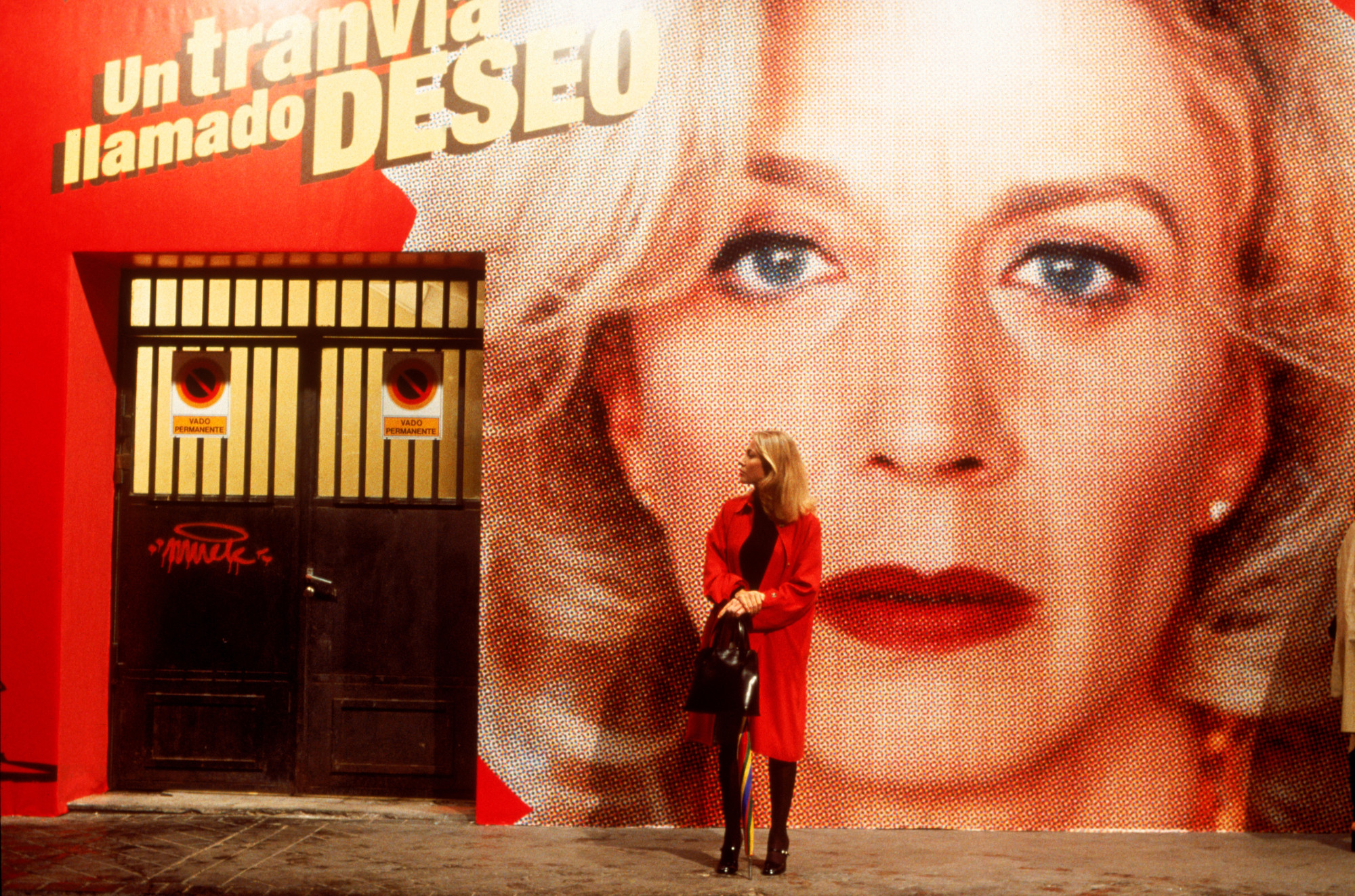Summary record
Video
Dog poo in public spaces
Question posed by Claudine Konsbruck
Dog poo in public spaces within residential areas seems to be on the rise, despite the City's efforts to make free bags available to dog owners. Owning a dog can be a wonderful experience, provided owners behave in a civil and responsible manner.
According to article 9 of the general regulations on public order and safety (Règlement général de police), owners and carers must take steps to prevent their dog from fouling pavements, streets and public squares in residential areas, pedestrian zones, playgrounds and public parks, and on the grounds of adjacent buildings. Owners/carers must clean up after their dog.
In light of this, I would like to ask the following questions:
- How many dogs are registered with the Luxembourg City authorities? Is the figure relatively stable, or has it changed over the past few years?
- How many tickets have been issued for violations of article 9 of the general regulation on public order and safety over the last few years?
- Empowering municipal employees to police dog owners' behaviour would certainly achieve a more effective response in dealing with this uncivil behaviour. Is the City of Luxembourg aware of the current status of the draft legislation?
- Would it not be helpful to organise a campaign to raise awareness of this issue among dog owners and to encourage them to pick up after their dogs?
Response provided by PATRICK GOLDSCHMIDT AND LYDIE POLFER
As at 1 January 2020, there were 2,868 dogs registered with the City of Luxembourg, 39 of which were considered to be potentially dangerous. As at 1 January 2013, there were 3,081 dogs registered with the City. As such, there has been a slight decline in the number of dogs.
However, the Grand Ducal Police has no information on the number of tickets issued to dog owners under the general regulations on public order and safety.
In spring 2020, as part of its anti-littering campaign, the City will be launching a special awareness-raising campaign against dog poo in public spaces. In 2015 and 2016, children enrolled in foyers scolaires (childcare centres) made posters on the issue and these were displayed in several parks around the city. However, that initiative met with little success.
It should be pointed out, though, that more than 400 poop-bag dispensers have been installed around Luxembourg City and approximately 1.5 million bags are used each year. The City of Luxembourg also recently introduced paper bags, but there are a number of drawbacks to these: they need to be imported from China, and the dispensers can only hold 30 bags at a time, as opposed to around 300 plastic ones. The personnel from the Service Hygiène (Sanitation Department) who fill the dispensers currently make their rounds by car, but the City will be ordering two electric bicycles for them.
Mayor and Chairwoman Polfer confirmed that the City was planning to give municipal personnel the authority to police compliance with the provisions of the general regulations on public order and safety regarding the issue of dog poo, but the relevant Chamber of Deputies committee has not yet examined the applicable draft legislation. The City of Luxembourg is hopeful that municipal personnel will also be granted wider powers – for instance to issue tickets to lorry drivers who park at bus stops – but discussions on that subject are still ongoing.
Legal framework applicable to begging
Question posed by Claudine Konsbruck
The Diekirch municipal administration recently made a decision to ban 'individual' begging within its territory. The ban is now enacted in the town's general regulations on public order and safety.
A similar decision was made by municipal authorities in Arlon. Begging is now prohibited in front of shops and banks in the town centre, and also within 10 metres on either side of the facades of these establishments. During certain events, begging will be prohibited everywhere, without exception.
In Luxembourg, the situation is as follows:
- In 2016, the City of Luxembourg added a new provision on organised begging to its general regulations on public order and safety.
Article 51 stipulates the following: All forms of organised begging, or begging in groups, are prohibited. Minors under 18 years of age are prohibited from begging, as are adults accompanied by minors under 18 years of age, whether or not those minors themselves engage in begging. - According to Article 563 of the Criminal Code (Code pénal), vagrants and beggars are liable to a fine. However, in a footnote, the following is specified:
Law of 29 August 2008: "In Article 563 of the Criminal Code, point 6 of paragraph 2 is deleted". This is most likely an error, since there was never a paragraph 2 in Article 563. As it turned out during preparatory work on the law, what the legislator really wanted to do was delete paragraph 2 of point 6, rather than point 6 of paragraph 2. Point 6 is considered by the judicial authorities to have been rescinded in its entirety.
In light of the above, I would like to put the following questions to the college of aldermen:
- How many tickets have been issued to date for violations of Article 51 of the general regulations on public order and safety?
- Do City officials feel that the current legal framework sufficiently circumscribes the phenomenon of begging and the problems arising from this activity?
- Could policymakers draw inspiration from the example set by other towns and cities?
- Could a geographical restriction on begging be examined as a solution?
Response provided by Lydie Polfer
The college of aldermen believes the situation is far from satisfactory. It would even go so far to say that it is quite shocking! The business of checking compliance with municipal regulations is the sole preserve of the Grand Ducal Police. The Police's response to the City – that the infringements in question were not recorded – is unsatisfactory: "Das System erfasst nur die Beschuldigungen aus dem Strafgesetzbuch. Sämtliche Gemeinden in ganz Luxemburg besitzen unterschiedliche Polizeireglemente, und diese sind nicht in der polizeilichen Datenbank erfasst." (Only infringements provided for in the Criminal Code are recorded in the system.
Every municipality in the Grand Duchy of Luxembourg has a different set of regulations concerning public order and safety, and these are not recorded in the police database.). It would seem, therefore no tickets for infringing the City of Luxembourg's general regulations on public order and safety have been issued to date. The police does not even enforce those sanctions provided for in the Criminal Code with regards to organised begging – a phenomenon which is plainly a blight on Luxembourg City.
Nor is any action taken by the police in the case of persons who spend the night in entrances to stores or residential buildings, which is also prohibited under the City's general regulations on public order and safety.
As regards 'individual' begging, a material error was found in the applicable legislation in 2008, so the courts no longer apply the legislative text in question. In 2009, the Public Prosecutor (Procureur d’Etat) even forwarded a note to the Grand Ducal Police informing them that 'individual' begging was no longer an offence. It would be interesting to know if even one ticket has been issued in Diekirch for violating the provision on 'individual' begging in the town's general regulations on public order and safety, and if so, how the courts dealt with it. Nor is the current situation in the interest of those persons who sleep in the entrances of stores, since there are shelters where they can find proper beds. While the City of Luxembourg can act by introducing social measures, such as street work, the existing legal framework prevents the City from taking steps to improve the situation in any substantial way. This lack of legal recourse is unacceptable in a state governed by the rule of law.
Dry-stone walls
Question posed by François Benoy
"Dry-stone masonry – which consists of assembling natural stones without the use of mortar or binders – is used to build highly stable walls. Today, this construction technique (…) is recognised for its many ecological, agronomic and landscape-enhancing benefits. However, structures built using this method, which has been around for hundreds of years all over the world, are collapsing and the number of people skilled in this technique is also falling (www.naturemwelt.lu).
Given their important ecological function, dry-stone walls are highly protected biotopes. In 2018, traditional dry-stone wall construction know-how (D'Konscht vum Dréchemauerbauen) was added to Luxembourg's national inventory of intangible cultural heritage (www.iki.lu).
In accordance with article 9 of the municipal council's internal rules and regulations, I would like to put the following question to the college of aldermen:
- Does the City of Luxembourg maintain an list of dry-stone walls within its territory? If not, should the City compile a list of the dry-stone walls within its territory with a view to preserving them?
- What actions are currently being taken by the City, and/or what plans does it have, to better protect, restore and reinforce such walls?
Between Schläifmillen and Bonnevoie, there is an outstanding example of a dry-stone wall (see appendix) that is roughly 400 metres long. Unfortunately, part of the wall is in poor condition and has been patched up with mortar.
- What has been done recently to protect this wall?
- Unless I am mistaken, the City is planning to carry out works on Rue Jean-Pierre Pier, which happens to be near the wall in question. What plans have been put in place to protect the wall during the works?
- Does the college of aldermen agree with me that this wall must clearly be restored in accordance with best practices for building such walls? Could such a project be undertaken, and how soon?
RESPONSE PROVIDED BY SIMONE BEISSEL
The City of Luxembourg does not maintain a list of dry-stone walls. Municipal road crews carry out regular inspections of the dry-stone walls bordering roads within the municipality.
A survey of dry-stone walls was conducted in 2008 for biotope mapping purposes, but such a survey can never be exhaustive since many of the walls are located on private property, and therefore inaccessible. Also, some of the walls are so overgrown with vegetation that they are completely hidden from view. As such, the government agencies decided that the project should only be continued on an ad hoc basis, e.g. when works are to be carried out or within the framework of a special development plan (plan d'aménagement particulier). Where applicable, the municipal services inform project owners of the constraints imposed by dry-stone walls, given their status as protected biotopes.
Where dry-stone walls belonging to the City are concerned, the municipal authorities are in contact with the Nature Conservation Agency (Administration de la nature et des forêts), which also provides support. There are several approaches. Dry-stone walls serving as retaining walls (e.g. in Klouschtergaart) are restored in accordance with best practices. Dry-stone walls serving as retaining walls on sloping or terraced land (e.g. in Pulvermühl and the Grund) are also maintained by the municipality.
City of Luxembourg road crews attend regular courses run by the association "natur & ëmwelt", to learn how to carry out inspections correctly – e.g. how to tell the difference between a dry-stone wall and a "normal" wall in which the mortar has been eroded by bad weather, and how dry-stone walls are built.
The dry-stone wall located between Schläifmillen and Bonnevoie is an embankment retaining wall that was damaged and subsequently repaired with mortar due to the urgency of the repairs and to avoid the risk of accidents. As a result of the wall repair works, works on the sewers on Rue Pier were delayed. The contractor for these works was informed that they would need to use a shoring system suited to the lie of the land to prevent the trench from accidentally collapsing and to avoid the risk of damaging the wall, which was to be restored in accordance with best practices.
Covered bicycle parking facilities
Question posed by Elisabeth Margue
More and more road users are using bikes to get around. As such, there is a constantly increasing demand for bicycle parking facilities. To satisfy this demand and provide cyclists with secure, covered parking facilities, the City of Luxembourg could increase the number of spaces reserved for bikes in its public car parks. The major renovation works that are to be carried out at the Martyrs car park afford the perfect opportunity to review its use.
As such, I would like to put the following questions to the college of the mayor and aldermen:
- How many covered parking spaces are currently reserved for cyclists in the public car parks owned by the City of Luxembourg? Are there any plans to increase the number of parking spaces reserved for cyclists?
- Does the City of Luxembourg plan to build a bike-only parking facility in the city centre?
- Could at least part of the Martyrs car park, which is currently earmarked for renovation, be used as the starting point for such a project?
- Are any of the car parks owned by the City of Luxembourg equipped with secure electric-bike chargers or electric-bike battery chargers?
- Are bicycle parking facilities included as a matter of course in real-estate development projects undertaken by the City of Luxembourg?
Response provided by PATRICK GOLDSCHMIDT
Currently, there are two car parks with bicycle parking facilities: the Knuedler car park and the Neipperg car park. In car parks, bicycle parking is on the ground floor only, as it is unwise for cyclists to use the vehicle ramps between floors.
Additional spaces will be available in the Knuedler car park once the extension works are completed.
Moreover, the City is currently seeking specific solutions for electric bikes, bearing in mind that the availability of charging points is less of an issue – all new car parks in the city will be suitably wired – than the risk of theft of these more costly bikes. Secure bike parking stations could be built to prevent thefts. To that end, discussions are ongoing to assess the feasibility of a nationally applicable regulation on standardised charging points for electric bikes.
The government plans to build an underground parking facility for cyclists beneath Place de la Gare, and the City has included cycle facilities in all of its recent real-estate development projects.
Pedestrian crossing lights in Luxembourg City
Question posed by Tom Krieps
I would like to ask a question about pedestrian crossing lights in the city, in accordance with the City's internal rules and regulations.
Apparently, for a significant number of these crossing lights, a green light can be activated on demand when traffic is flowing in the same direction at an intersection or crossroads.
A distracted pedestrian, or one who does not press the button in time, will have to wait, while the light is green for drivers.
In my view, this penalises pedestrians and is at odds with the City's policy on prioritising active travel.
For some crossing lights in the city, most notably on Avenue Marie Thérèse and in Kirchberg, the green phase is activated automatically, without the pedestrian having to press a button.
- Would it be possible to reprogramme the crossing lights so that they are more pedestrian friendly?
- I would also like to emphasise that the option to activate a green light on demand during off-peak hours should remain available.
Response provided by PATRICK GOLDSCHMIDT
The City always seeks to regulate traffic lights to achieve the best possible compromise between smooth traffic flow and safe and timely pedestrian crossing phases. It employs adaptive programmable controllers that activate the different light phases depending on the number of vehicles approaching the traffic lights, pedestrian requests (push-button) and bus and tram traffic.
On secondary roads, pedestrian crossing lights change to green at the same time as the traffic lights for vehicles on the main carriageway (if the situation permits). At pedestrian crossings to cross a main carriageway, pedestrians must press a button to turn their light green, which is compliant with standards in force.
The waiting time depends on when the button is pressed during the traffic light cycle. After a specific point in the cycle, the "pedestrian green" phase cannot be activated until the start of the next cycle. Pedestrian crossing lights change to green within 50 seconds (as soon as traffic permits) or within 70 seconds (during peak hours).
That said, the City will again review the settings for the traffic lights at the junction of Avenue du Dix Septembre and Boulevard Grande-Duchesse Charlotte.

















